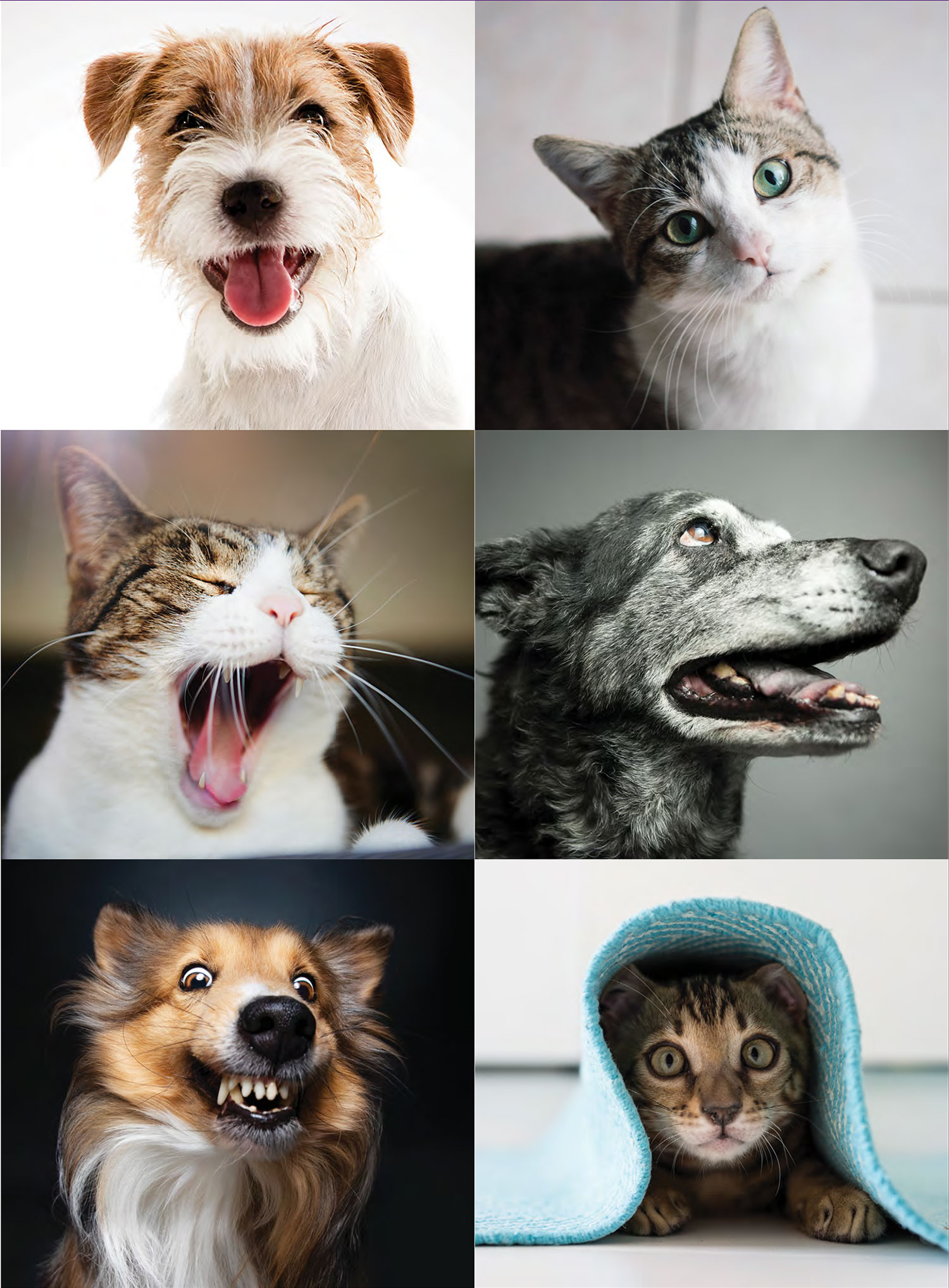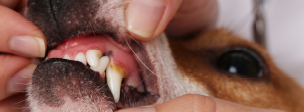oral health
DO DOGS AND CATS NEED ORAL CARE?
Oral care is important in pets. In fact, the oral care needs of people and pets are very similar. But unlike people, our pets don’t brush and floss daily to prevent oral disease, including periodontal disease.
WHY IT MATTERS
Dental disease causes discomfort and can lead to diminished appetite and weight loss. As well, bacteria from dental disease or their toxins can travel into your pet’s bloodstream, affecting the lungs, heart, kidneys, liver and nervous system.

WHAT IS PERIODONTAL DISEASE?
Periodontal disease begins when bacteria in the mouth form a substance called plaque that sticks to the surface of the teeth. Minerals in the saliva then harden the plaque into dental tartar (calculus). While tartar above the gum line may be visible, it is not the primary cause of disease. Disease occurs when bacteria in the plaque and tartar spread below the gum line and into the bloodstream. Without treatment, periodontal disease can lead to heart, lung, kidney disease, and a shortened lifespan for your pet.1 By the time they turn three years old, most dogs and cats have signs of periodontal disease.1
Reference
1. https://www.aaha.org/public_documents/professional/guidelines/dentaltoolkit_booklet.pdf
1. https://www.aaha.org/public_documents/professional/guidelines/dentaltoolkit_booklet.pdf
DENTAL DISEASE IS A PROGRESSIVE DISEASE, THE EARLIER IT IS IDENTIFIED AND TREATED THE GREATER THE CHANCE OF MINIMIZING THE ADVANCEMENT OF THE DISEASE.

HOW TO RECOGNIZE ORAL DISEASE
There are many signs of oral disease, including bad breath, inflamed, bleeding or red gums, or brown deposits (tartar) on the teeth.

CAN PERIODONTAL DISEASE BE PREVENTED IN PETS?
Periodontal disease can be prevented through oral care at home; oral care is as important in pets as it is in people. The VetradentTM line of products offers
many options to help you maintain and promote good oral hygiene.

MAKE IT ROUTINE
Just like caring for our own teeth is an everyday function, the same goes for dogs and cats. Adopt a daily dental treatment routine for your pets and take them into the clinic for regular dental check-ups. If any clinical signs of dental disease are present, consider scheduling a professional dental cleaning.
HOW VETRADENTTM HELPS
Vetradent™ has been demonstrated to be effective in maintaining and promoting good oral hygiene. Made with patent-pending Biotrate™ technology, Vetradent™ uses food grade ingredients that are safe for everyday consumption. Satisfaction guaranteed.

